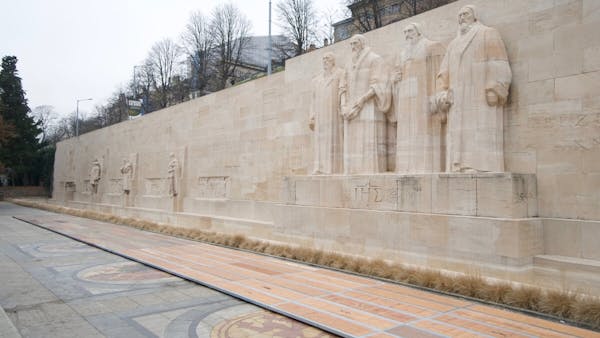A MISSIONARY AT HEART
Mary Jones grew up in a small grey stone cottage nestled in the Welsh countryside. Mary’s father was a weaver and worked very hard to support the family. The family were Welsh Methodists and attended church weekly. On such occasions Mary would sit in the family pew and listen to the preacher with rapt attention. She was fascinated with the Bible that sat on the lectern in front of the church. She watched the preacher flip through its pages and read from it, waiting quietly till after the service had ended to slip down th aisle and lovingly thumb through its well-wron pages herself.
Her love for the Bible is what led Mary to learn to read. She wanted to read the Bible for herself and she was determined to learn how. She focused on her education and worked hard to learn how to read under the tutelage of the local school master.
When Mary was young, her father died and she was raised by her widowed mother. Money was tight and the family struggled to make ends meet. But despite her difficult circumstances Mary had decided that she wanted to own a Bible. She began to work hard, picking up whatever jobs presented themselves to her, and squirreling away every penny she could spare. She worked and saved for 6 long years, until at the age of 15 she had accumulated enough funds to purchase a Bible of her own.
She knew that Reverend Thomas Charles had Bibles for sale in his home in Bala and one day Mary decided to make the journey in order to purchase her own copy. Bala was 25 miles away on foot and Mary didn’t have shoes. She set out in the cool of the morning, determined to accomplish her mission and reached the home of the as dusk closed around the little town of Bala, travel worn but eager.
She presented her hard earned money to Reverend Charles and explained her errand. The Reverend was so elated and inspired by her story that he gave her not one but three Bibles for the price of one. After spending the night at the Reverends home Mary made the 25 mile trip back home clutching her three treasures close to her chest.

